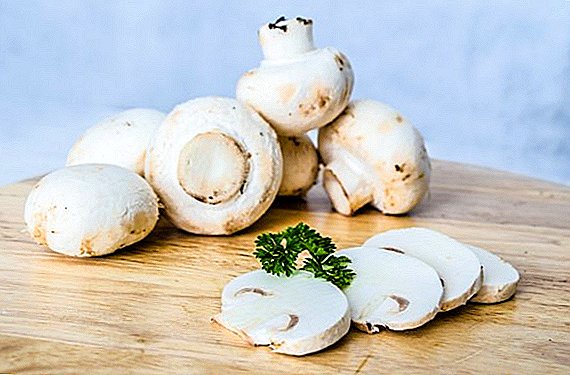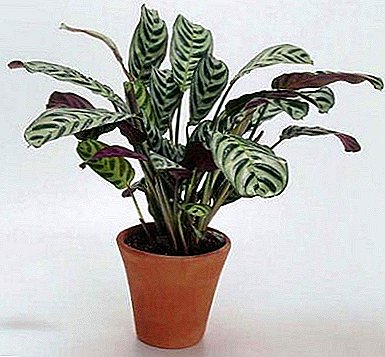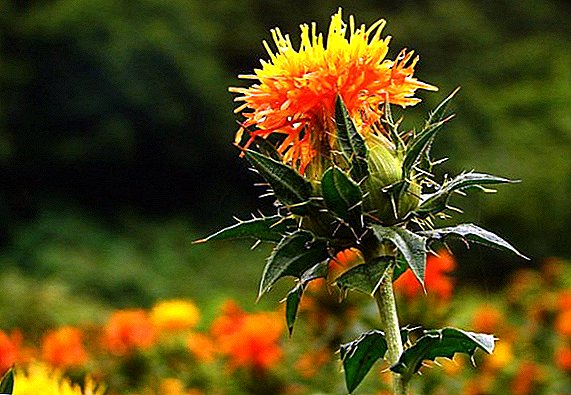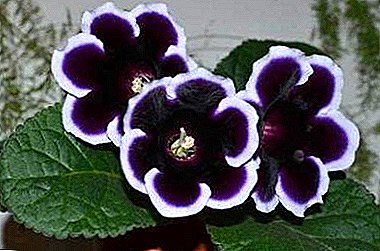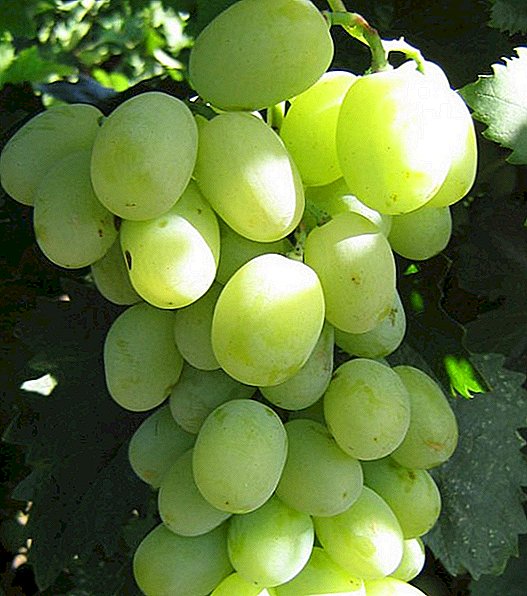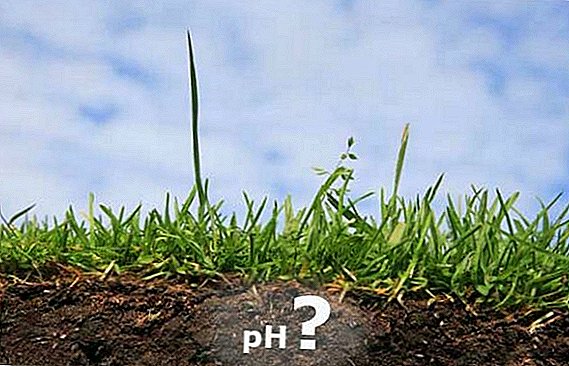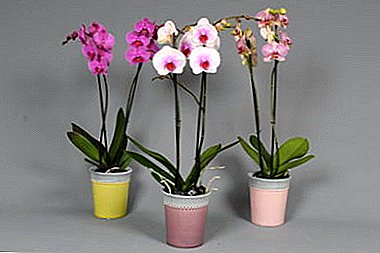
Growing beets is not as difficult as some other vegetables, because it is a cold-resistant and rather unpretentious plant that is common on all continents.
In addition, she is very useful and she always finds a place on the table.
Preparation for planting beets
Growing beets can be seeds and seedlings.
In the northern regions and during long frosts it is better to grow beet seedlings. To do this, beet seeds 30-40 days before transplanting seedlings are planted in the substrate (4 x 4 cm scheme). Before planting in the ground seedlings can not dive.
Sowing of seeds is carried out in spring and before winter (in this case, varieties resistant to bolting are selected - Subwinter A-474, etc.). Seed preparation for spring sowing is carried out as follows:
- beet seeds should be soaked for 18–20 hours) in water (a solution of microelements (a teaspoonful of superphosphate or a tablespoon of ash per 1 liter of water); c) in water saturated with oxygen;
- pull out the seeds and rinse in clean water;
- put in a damp cloth and leave for 2-3 days at a temperature of about 20 ° C.
Seeds are sown in moist soil, in which mineral and organic fertilizers are pre-applied.
Growing celery at the dacha.
Tips for growing green beans //rusfermer.net/ogorod/bobovye-ovoshhi/vyrashhivanie-i-uhod-bobovye-ovoshhi/osobennosti-vyrashhivaniya-sparzhevoj-fasoli.html.
Find out here all about planting beans in the spring.
For podzimnogo sowing the soil must be dug to a depth of 20-25 cm. It is desirable to grow beets on friable, organic-rich soils. On clay soils, the quality and quantity of the crop is reduced, and the shape of the root crop is often ugly.
Planting beets
 In different regions of the country beet planting is carried out at different times. Although beet seeds can germinate at a temperature of + 4 ° C, the optimum temperature for germination is a temperature from +15 ° C to + 23 ° C.
In different regions of the country beet planting is carried out at different times. Although beet seeds can germinate at a temperature of + 4 ° C, the optimum temperature for germination is a temperature from +15 ° C to + 23 ° C.
Shoots of beets can tolerate frosts up to -2 ° С. Planting seeds in insufficiently heated soil can cause the formation of flower stalks on beets, which is to the detriment of root crops.
In the middle lane sowing of seeds is carried out in the middle - the second half of May. By this time, the soil at a depth of 10 cm should already warm up to + 8 ... + 10 ° С, but moisture has not yet left the soil. The seeding depth is 2-3 cm on loamy soils and 3-4 cm on sandy ones with a seeding rate of 1.5-2 g / m².
When sub-winter sowing, the seeding rate is 2-3 g / m².
Sow beets need rows, the distance between which should be about 40 cm. In order to grow not very large and identical in size roots, beets can be seated according to the 10 x 10 cm scheme.
Growing and caring for beets
 Care for beetroot consists in timely thinning, watering, feeding and weeding.
Care for beetroot consists in timely thinning, watering, feeding and weeding.
Since for most varieties of beet, seeds are the basis of several seeds, the seedlings must be thinned twice:
- The first time with the appearance of two true leaves (with the distance between shoots should be 3 - 4 cm);
- 2nd time with 4-5 leaflets and a root crop diameter of 3 to 5 cm (the distance between the remaining plants should be 7- 8 cm).
Torn roots can be used as food during the second thinning.
Since the beet is a moisture-loving plant, it must be regularly watered:
- during seed germination;
- during the formation of the root system;
- during the formation of root crops.
The lack of moisture makes the roots woody.
A month before harvesting, watering is stopped.
Tips gardener - Cherry tomatoes, planting and care.
Find out all the benefits of peas here //rusfermer.net/ogorod/bobovye-ovoshhi/vyrashhivanie-i-uhod-bobovye-ovoshhi/sovety-ogorodnikam-po-vyrashhivaniyu-posadke-i-uhodu-za-gorohom.html.
Beet feeding
For one season feeding is carried out twice:
- nitrogen fertilizers are applied after the first thinning (10 g of urea per 1 m²);
- Potash phosphate fertilizers are applied during the closing of the tops between the rows (for 1 m² 10 g of potassium chloride and 8 g of superphosphate).
Instead of mineral fertilizers, ash mixed with humus or compost can be applied (3 cups of ash per 1 m²).
It should be noted that an excess of nitrogen fertilizers leads to accumulation of nitrates in root crops, therefore it is recommended to apply fertilizers fractionally.
 Since the lack of boron, copper and molybdenum leads to decay of the heart of the root, these elements are recommended to be introduced in the form of foliar dressings.
Since the lack of boron, copper and molybdenum leads to decay of the heart of the root, these elements are recommended to be introduced in the form of foliar dressings.
Signs of a lack of potassium are weak root development and rounded yellow spots on the leaves. In this case, the beets should be poured with lime milk (80 g of potassium chloride and 200 g of fluffed lime per 10 liters of water).
The lack of sodium causes redness of beet tops. The leaves of the plant in this case, watered with salt water, and the bed is sprinkled with ash.
Harvest should be collected before the onset of frost, as the roots damaged by low temperature are not suitable for storage.
Recommended to read: Carrots, growing and care.
Find out what there are ways to grow potatoes


 Growing celery at the dacha.
Growing celery at the dacha. Tips gardener - Cherry tomatoes, planting and care.
Tips gardener - Cherry tomatoes, planting and care. Recommended to read: Carrots, growing and care.
Recommended to read: Carrots, growing and care.